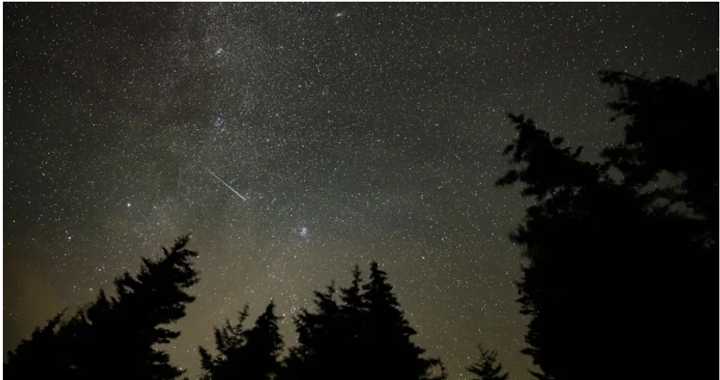The Perseid meteor shower, marked by swift and bright streaks, frequently leaves long "wakes" of light and color behind as it moves through Earth's atmosphere, according to NASA.
The most significant activity is expected to occur on the night of Sunday, Aug. 11, into the early morning hours of Monday, Aug. 12, and possibly Tuesday, Aug. 13.
Perseids are best viewed in the Northern Hemisphere during the pre-dawn hours, though meteors from this shower can be seen as early as 10 p.m. NASA says.
EarthSky.com says that "the best time to watch for Perseids will be starting around midnight until dawn. This shower rises to a peak gradually, then falls off rapidly.
"And Perseid meteors tend to strengthen in number as late night deepens into the wee hours before dawn. The shower is often best just before dawn."
Click here to follow Daily Voice Upper Marlboro and receive free news updates.
